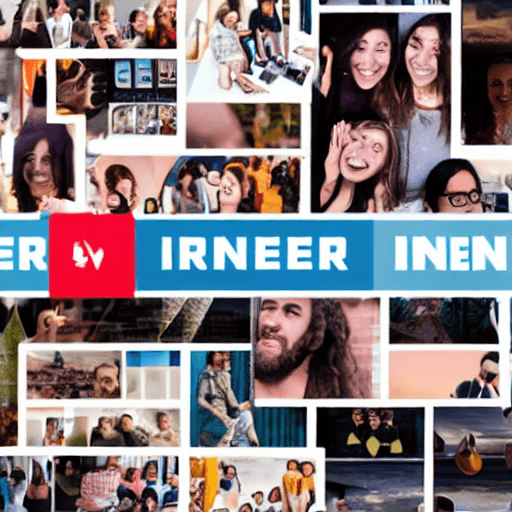

Influencer marketing has rapidly evolved from a trend to a cornerstone of modern social media strategy. Traditionally, brands relied on celebrity endorsements, but the shift towards micro and nano-influencers, coupled with the rise of user-generated content (UGC) facilitated by these individuals, presents a significantly more authentic and often more effective approach. This article delves deep into how brands can strategically leverage UGC from influencers to drive engagement, build brand trust, and ultimately achieve social media success. We’ll explore the nuances of this approach, providing actionable insights and real-world examples to guide your strategy.
The core of successful influencer marketing isn’t just about paying someone to promote your product. It’s about building a genuine connection between your brand and your audience through trusted voices. UGC, in particular, amplifies this effect. When an influencer genuinely uses and enjoys your product or service and shares their experience – whether through a photo, video, review, or story – it carries far more weight than a traditional advertisement. This perceived authenticity is what drives engagement and converts followers into customers. Furthermore, UGC provides brands with a constant stream of fresh, organic content, reducing the reliance on internal marketing teams to create everything from scratch. Let’s break down why this approach is so powerful and how to implement it effectively.
UGC from influencers isn’t simply a collection of posts. It’s a strategic asset. It’s content created by individuals who have a vested interest in your brand – they’ve chosen to engage with it. This engagement stems from several factors: they genuinely like the product, they’re seeking to connect with a community, or they’re motivated by the opportunity to be featured or rewarded. The key difference between UGC and traditional influencer marketing is the level of control the brand has. With a paid influencer, the brand dictates the messaging, visuals, and timing. With UGC, the influencer retains creative control, resulting in content that feels more natural and relatable.
There are several types of UGC influencers can generate:
It’s crucial to recognize that “influencer” isn’t just about follower count. While large influencers can reach a massive audience, micro and nano-influencers often deliver higher engagement rates and a more targeted reach. Here’s a breakdown:
Successfully incorporating UGC into your marketing strategy requires a well-defined approach. Here are several key strategies:
This cannot be overstated. Always obtain explicit permission from influencers before using their content. Clearly outline how you intend to use the content and provide proper attribution – credit the influencer prominently. Failure to do so is unethical and can damage your brand’s reputation. A simple “Content created by @influencerhandle” is often sufficient, but a more detailed agreement is recommended for larger campaigns.
To maximize the effectiveness of your UGC campaigns, consider these best practices:
Let’s look at some examples of brands successfully leveraging UGC:
How do you know if your UGC campaign is working? Here are some key metrics to track:
By consistently monitoring these metrics, you can refine your UGC strategy and maximize its impact.
This comprehensive guide provides a solid foundation for understanding and implementing UGC strategies. Remember to adapt these principles to your specific brand and target audience.
**Disclaimer:** This is a generated response and should be used as a starting point for your research. Consult with marketing professionals for tailored advice.
Tags: influencer marketing, user-generated content, UGC, social media marketing, brand engagement, influencer strategy, content creation, brand authenticity, social media success
0 Comments